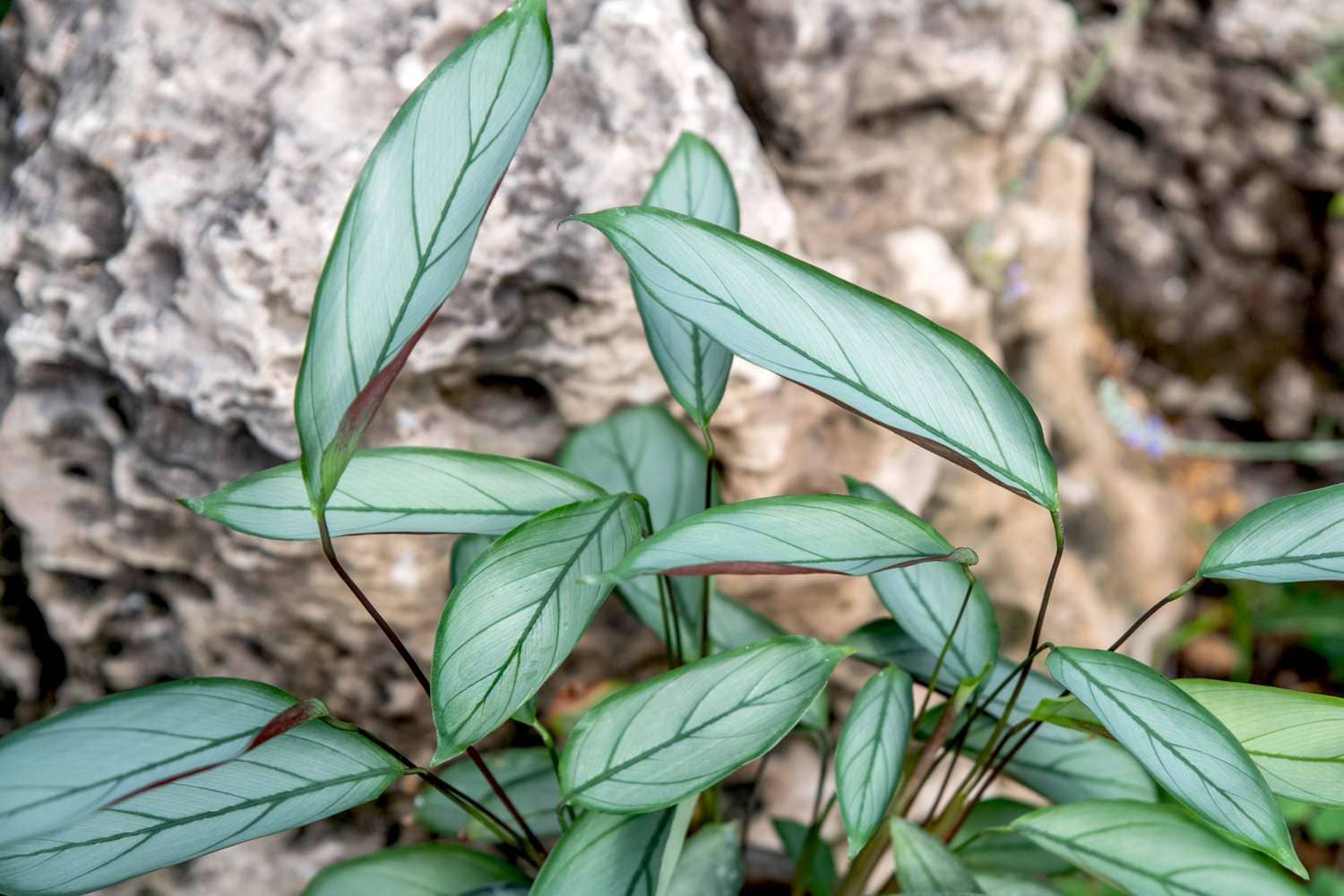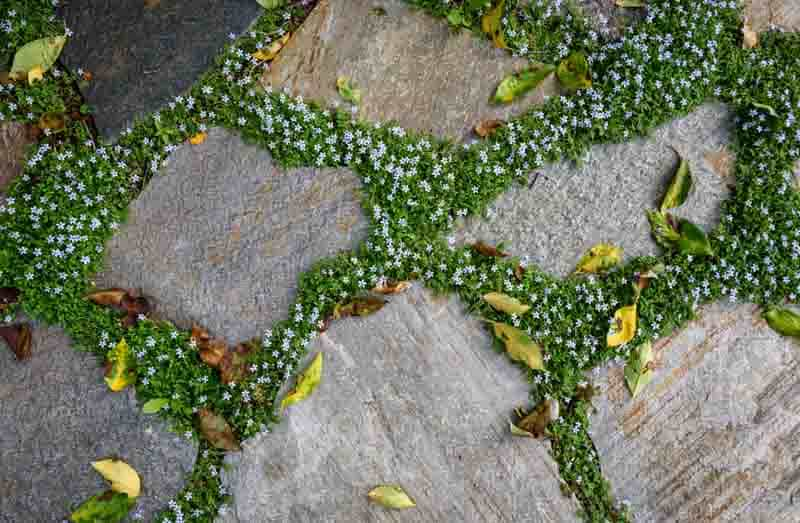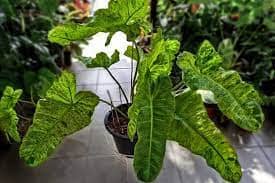Introduction
Welcome to the world of Ctenanthe Setosa, where beauty meets botanical brilliance. If you’re on a quest to adorn your living space with lush greenery that not only delights the eyes but also enhances your well-being, then look no further. In this article, we delve deep into the realm of Ctenanthe Setosa, exploring its characteristics, benefits, care tips, and much more.
What is Ctenanthe Setosa?
Ctenanthe Setosa, also known as Grey Star or Never Never Plant, is a member of the Marantaceae family, renowned for its striking foliage and air-purifying properties. Native to Brazil, this perennial plant boasts large, lance-shaped leaves with vibrant patterns of green and silver, making it a captivating addition to any indoor or outdoor space.
Benefits of Ctenanthe Setosa
Embracing Ctenanthe Setosa goes beyond mere aesthetics; it’s a gateway to a healthier and more vibrant environment. This botanical wonder not only adds a touch of elegance to your surroundings but also offers numerous health benefits.
Health Benefits:
- Air Purification: Ctenanthe Setosa acts as a natural air purifier, filtering out toxins and improving indoor air quality.
- Stress Reduction: The presence of lush greenery has been linked to reduced stress levels and improved mental well-being.
Aesthetic Benefits:
- Decorative Foliage: The intricately patterned leaves of Ctenanthe Setosa serve as eye-catching focal points in any space.
- Versatile Décor: Whether used as a standalone statement piece or incorporated into mixed plant arrangements, Ctenanthe Setosa adds a touch of elegance to any setting.
Growing Ctenanthe Setosa
Creating an optimal environment for your Ctenanthe Setosa ensures its health and vitality. Here’s what you need to know to foster its growth:
Ideal Conditions for Growth:
- Light: Ctenanthe Setosa thrives in indirect, filtered sunlight, making it an ideal choice for areas with bright, indirect light.
- Temperature: Maintain a consistent temperature range of 65-75°F (18-24°C) to keep your plant happy and healthy.
- Humidity: This tropical beauty thrives in high humidity environments, so consider using a humidifier or pebble tray to increase moisture levels.
- Soil: Use well-draining, peat-based soil to provide the perfect growing medium for your Ctenanthe Setosa.
Care Tips:
- Watering:
- Keep the soil consistently moist but not waterlogged, watering when the top inch of soil feels dry to the touch.
- Fertilization:
- Feed your Ctenanthe Setosa with a balanced liquid fertilizer every 4-6 weeks during the growing season to promote lush foliage.
- Pruning:
- Remove any yellowing or damaged leaves regularly to maintain the plant’s overall health and appearance.
Propagation Methods
Expanding your Ctenanthe Setosa collection is a rewarding endeavor, and propagation is the key to success. Here are two common propagation methods:
Division:
- Choose a mature, healthy plant with multiple stems.
- Carefully remove the plant from its pot.
- Gently separate the root ball into smaller sections, ensuring each division has both roots and foliage.
- Plant each division in its own container filled with well-draining soil.
- Keep the soil consistently moist and provide indirect light until new growth emerges.
Stem Cuttings:
- Select a healthy stem with several leaves.
- Using a clean, sharp knife or scissors, cut a 4-6 inch section of the stem below a node.
- Remove the lower leaves to expose the node.
- Plant the cutting in a small container filled with moistened potting mix.
- Place the container in a warm, humid environment with bright, indirect light.
- Keep the soil consistently moist and mist the cutting regularly to maintain humidity.
Common Issues
Here are some common issues you may encounter and how to address them:
Pests and Diseases:
- Spider Mites: These tiny pests can wreak havoc on Ctenanthe Setosa, causing stippling and webbing on the leaves. Combat spider mites by regularly misting the foliage, increasing humidity, and using insecticidal soap as needed.
- Leaf Spot:
- Fungal infections such as leaf spot can cause dark, water-soaked lesions on the leaves. Remove affected foliage promptly and ensure proper air circulation to prevent further spread.
Troubleshooting Common Problems:
- Yellowing Leaves: Yellowing leaves may indicate overwatering, underwatering, or nutrient deficiencies. Adjust your watering schedule and consider fertilizing with a balanced liquid fertilizer to address nutrient deficiencies.
- Leaf Curling: Curling leaves may be a sign of low humidity or insufficient water. Increase humidity levels by misting the foliage or placing a humidifier nearby, and ensure consistent watering to prevent stress-induced leaf curling.
Decorating with Ctenanthe Setosa
The versatility of Ctenanthe Setosa makes it a popular choice for interior decorators and plant enthusiasts alike. Whether you’re aiming for a tropical oasis or a minimalist retreat, here are some creative ways to incorporate Ctenanthe Setosa into your décor:
Indoor Décor Ideas:
- Statement Plant: Showcase your Ctenanthe Setosa as a standalone focal point in any room, adding a touch of natural elegance to your interior design.
- Mixed Plant Arrangements: Pair Ctenanthe Setosa with complementary plants such as ferns, pothos, or philodendrons to create visually striking displays.
- Hanging Baskets: Elevate your space by hanging Ctenanthe Setosa in decorative baskets, allowing its trailing foliage to cascade gracefully.
Landscaping with Ctenanthe Setosa:
- Shaded Gardens: Add depth and texture to shaded garden beds by planting Ctenanthe Setosa alongside ferns, hostas, and other shade-loving perennials.
- Container Gardens: Create lush, tropical-inspired container gardens by combining Ctenanthe Setosa with colorful flowering plants and foliage varieties.
Varieties
Ctenanthe Setosa encompasses a variety of cultivars, each with its own unique characteristics and charm. From bold leaf patterns to subtle variations in color, here are some popular varieties to explore:
- Ctenanthe Setosa ‘Grey Star’: Known for its striking silver and green foliage, this variety adds a touch of sophistication to any space.
- Ctenanthe Setosa ‘Compact Star’: With its compact growth habit and dense foliage, this cultivar is perfect for smaller spaces or container gardens.
- Ctenanthe Setosa ‘Golden Mosaic’: Featuring golden-yellow variegation on its leaves, this variety adds a pop of color to shady corners and indoor displays.
Frequently Asked Questions (FAQs)
How often should I water my Ctenanthe Setosa?
- Water your Ctenanthe Setosa when the top inch of soil feels dry to the touch, typically once a week. Adjust your watering frequency based on environmental factors such as temperature and humidity.
Does Ctenanthe Setosa require direct sunlight?
- No, Ctenanthe Setosa prefers bright, indirect light. Avoid exposing it to direct sunlight, as this can scorch the leaves and cause them to fade.
How can I increase humidity for my Ctenanthe Setosa?
- Increase humidity levels by misting the foliage regularly, placing a humidifier nearby, or using a pebble tray filled with water.
Why are the leaves of my Ctenanthe Setosa turning yellow?
- Yellowing leaves may indicate overwatering, underwatering, or nutrient deficiencies. Adjust your watering schedule and consider fertilizing with a balanced liquid fertilizer to address nutrient deficiencies.
Is Ctenanthe Setosa pet-friendly?
- Monitor your pets around the plant and seek veterinary care if ingestion occurs.
Conclusion
In conclusion, Ctenanthe Setosa stands as a testament to nature’s artistry, captivating hearts with its exquisite foliage and enriching lives with its myriad benefits. Whether adorning your living space with its verdant beauty or nurturing its growth as a proud plant parent, the journey with Ctenanthe Setosa is one filled with wonder and joy. Embrace the magic of Ctenanthe Setosa and let its green allure transform your world.





